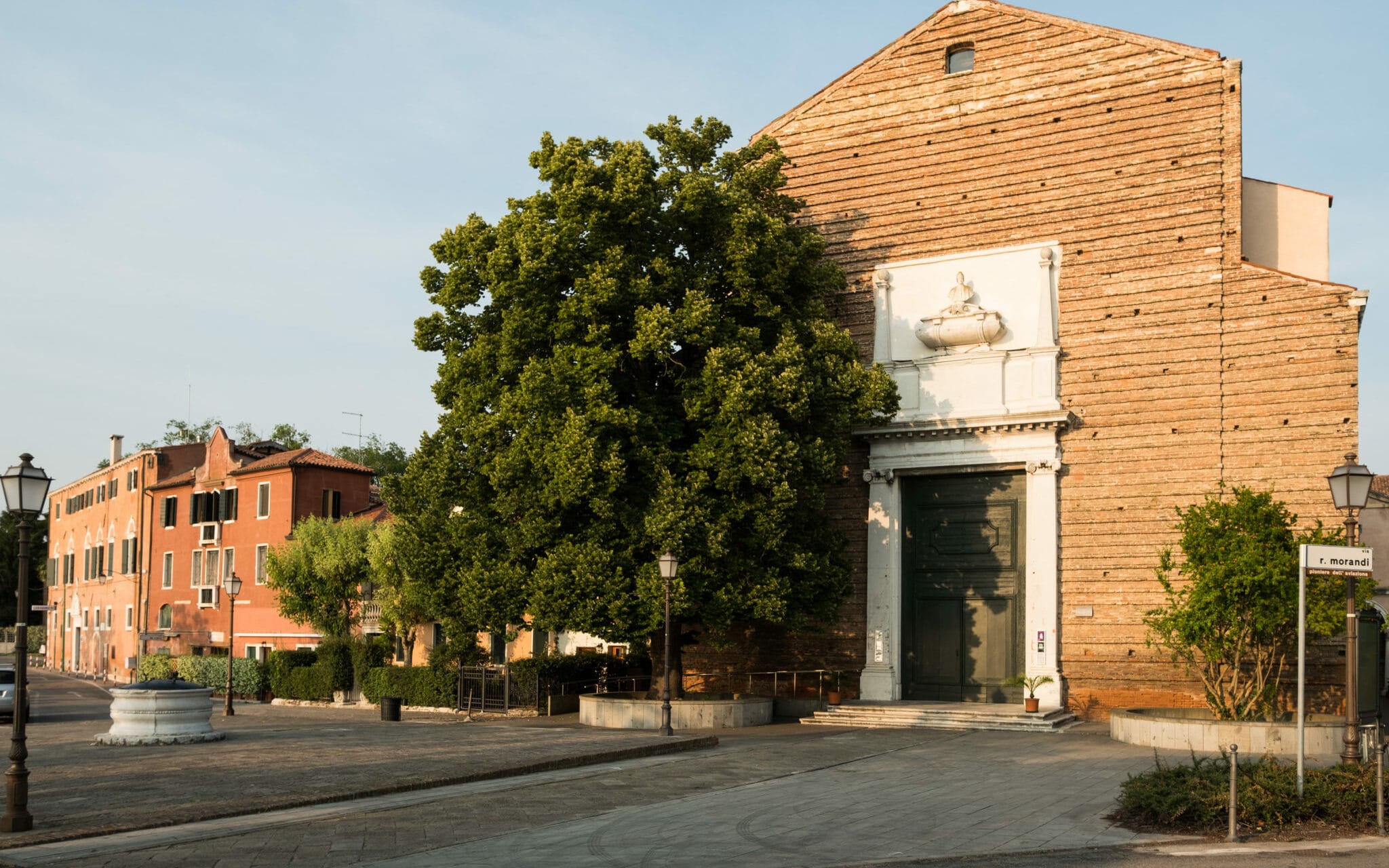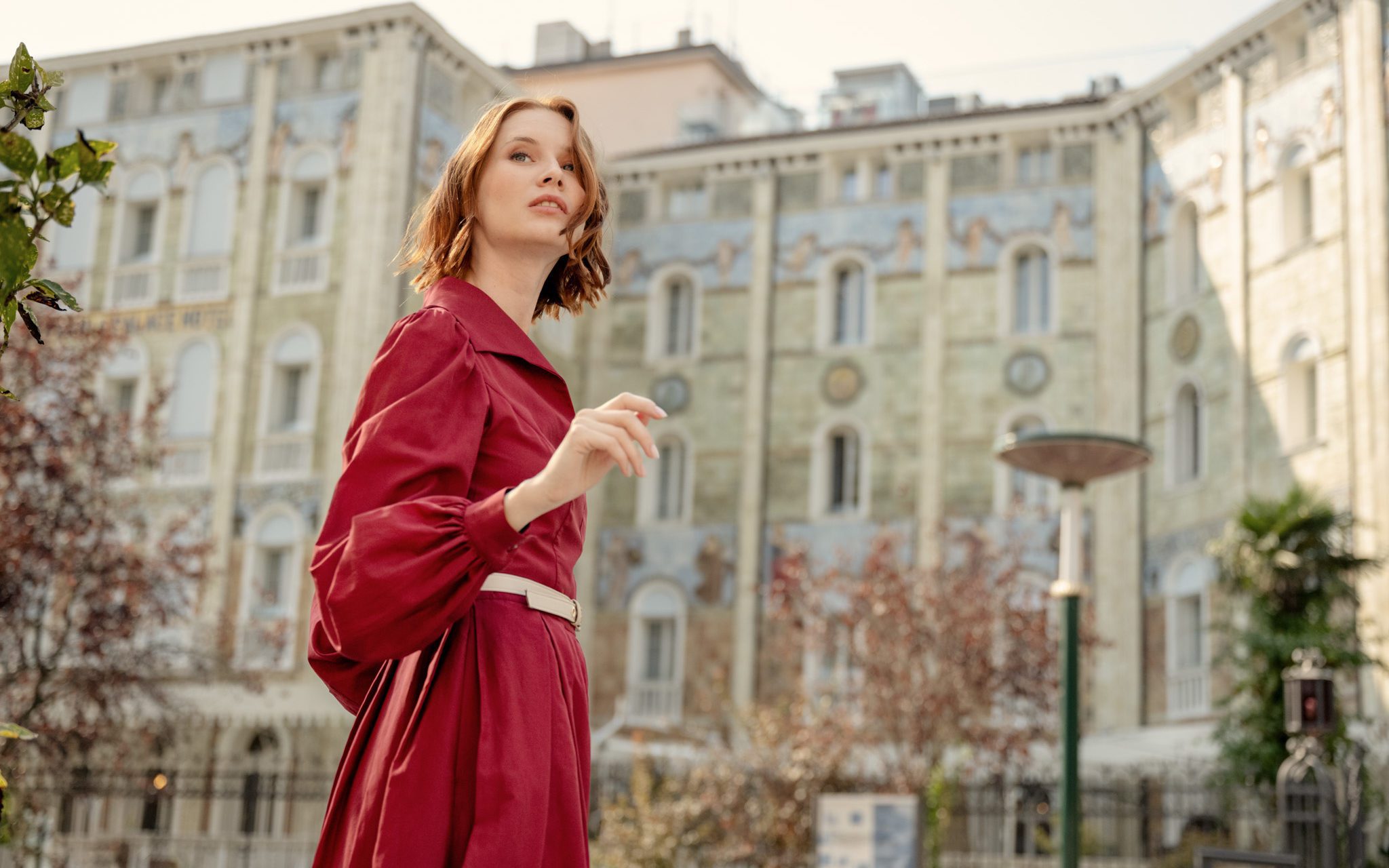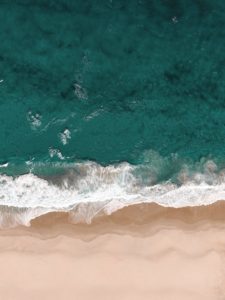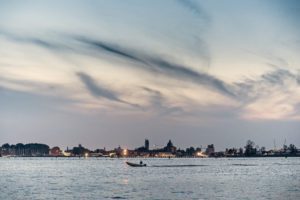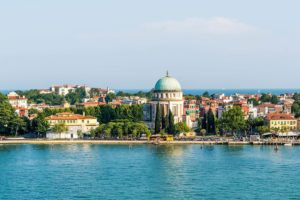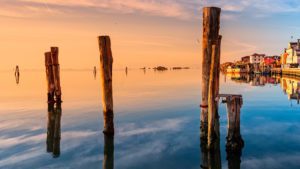Experience
Lido of Venice
Maybe, not everyone knows that just a few minutes by boat from Venice, there is an island, Lido, which is also very rich in historical places and works of art to visit.
Venice is known all over the world for its centuries-old history, its alleys, courtyards and squares often concealing buildings and artistic treasures, signs of a culture that has no equal in the world.
At Venice Lido, buildings, churches and villas guard the memory of the island, and tell the story of the city in ancient times, the traditions of the Serenissima, the charm of the 20th century and Venice’s strong ties with other cultures and religions. The Lido is also a privileged starting point for visiting contemporary art exhibitions and shows in Venice.
An itinerary of art and culture that runs along the Lido from north to south, with a stop in San Lazzaro degli Armeni:
A dedicated tour to visit the places of art and culture on the Lido di Venezia begins in the north of the island. The northern area of Venice Lido is named San Nicolò after the church that was built here in its original form in the 11th century. Alongside, there is also a Benedictine monastery built in 1043, which now houses the Global Campus of Human Rights. The church of San Nicolò holds part of the relics stolen from Myra around the year 1100 of the San Nicola who attracts thousands of worshippers in Bari every year, and who became the patron saint of the navy in Venice.
In May, the celebration of the Festa della Sensa (the Assumption), the marriage of the sea, is worth experiencing here. Traditionally, the Doge would set sail with the Bucintoro from Venice and arrive on the Lido accompanied by a very long procession of boats, where, to celebrate the union of the city with the sea, the Doge would throw a golden ring into the water and empty a bottle of holy water into it. Today it is the mayor, accompanied by the bishop, who takes over the role.
A stop at the Jewish Cemetery, one of the oldest in the world, is the next stop on the tour. The Cemetery has a long and rather unfortunate history, beginning when the Serenissima granted the first area to the Jews for their burials but was disputed with the monks of the nearby Monastery of San Nicolò, going through periods of neglect and the passage of troops and soldiers who damaged and moved tombstones and statues. But today, the Cemetery is once again open to visitors, mainly thanks to a major restoration project begun in 1999, which allows visitors to enjoy a place that is fundamental to the history of the Jewish community in Venice.
Strolling around the central area of the Lido and around Granviale Santa Maria Elisabetta, it is possible to admire numerous Liberty villas, built here in the late 19th and early 20th century. The architecture is free and creative, and you only have to look up to see majolica facades, wrought-iron details and crenellated turrets on the facades of the villas, examples of the creative flair that Venetian architects and others were able to indulge in when creating the magnificent residences that characterise the Lido, which did not have the urban planning constraints of Venice.
The island still retains that aristocratic allure that made it a chic destination for international tourism and led the Venetians themselves to move their summer residences from the countryside to the island, and to build three magnificent luxury hotels: the first is the Hotel Des Bains (now closed), where the writer Thomas Mann stayed and wrote (and staged) The Death in Venice, from which film director Luchino Visconti made the film of the same name, also filmed in 1971 inside the hotel. The others are the Excelsior Hotel, home of the first International Film Festival, and the spectacular Grand Hotel Ausonia Hungaria.
In the central area, right along the Santa Maria Elisabetta Riviera, you can also admire the Tempio Votivo, now a military shrine and ossuary, where the remains of soldiers from the two World Wars are buried, including Nazario Sauro, the Italian maritime commander and patriot.
For more art and culture on the Lido, you can carry on towards the village of Malamocco and take a moment to enjoy the Church of Santa Maria Assunta, open during Holy Masses. The Church, built in the 12th century in the hamlet of Malamocco nuovo, has undergone several restorations and additions in recent years, as well as having a bell tower inspired by the one in San Marco, and contains some interesting artworks. The first is a crucifix that was brought here from the island of Poveglia in the 19th century. It is special not only because of the materials it is made of (clay, plaster and tow), but also because it has a reputation in the area for being miraculous. There are also some paintings, including a Virgin and Saints Felix and Fortunato, attributed to Jacopo Tintoretto.
The last stop on this tour is the island of San Lazzaro degli Armeni, which lies just opposite the Lido. Occupying an area of 7,000 square metres that is almost entirely occupied by a monastery, San Lazzaro degli Armeni is one of the world’s oldest and most important centres of Armenian culture, inhabited by Armenian monks since 1717. Among them was Mechitar, who began the restoration of the existing church and began to lay out the surrounding land and expand the buildings, adding a printing press, library and museum over the years. Nowadays, exhibits from all over the world are displayed here, some very unusual, such as a perfectly preserved Egyptian mummy, a plaster cast by Canova and a painting by Tiepolo, as well as 17,000 books.
And let’s not forget that the Lido is also a suitable starting point to get to Venice quickly by waterbus to visit contemporary art exhibitions and shows.
Only one waterbus stop away from Santa Maria Elisabetta on the Lido are the Giardini della Biennale, one of the venues where the Biennale Arte pavilions are staged (having made it to its fifty-ninth edition in 2022, open until 23 November) together with the Arsenale, which is also very easily accessible from the Lido. The waterbus routes to visit the Biennale Arte from Lido di Venezia are 1, 5.2. and 6.
But you could also set off from the Lido to visit Punta della Dogana and Palazzo Grassi, the two magnificent contemporary art museums of the Fondazione Pinault Collection and restored by the Japanese architect Tadao Ando, both of which can be reached by waterbus line 1 and which host temporary group and monographic exhibitions and numerous fringe events.
